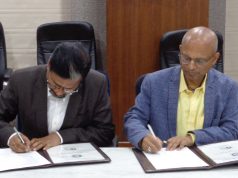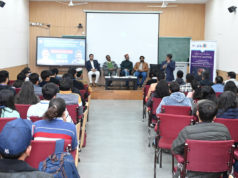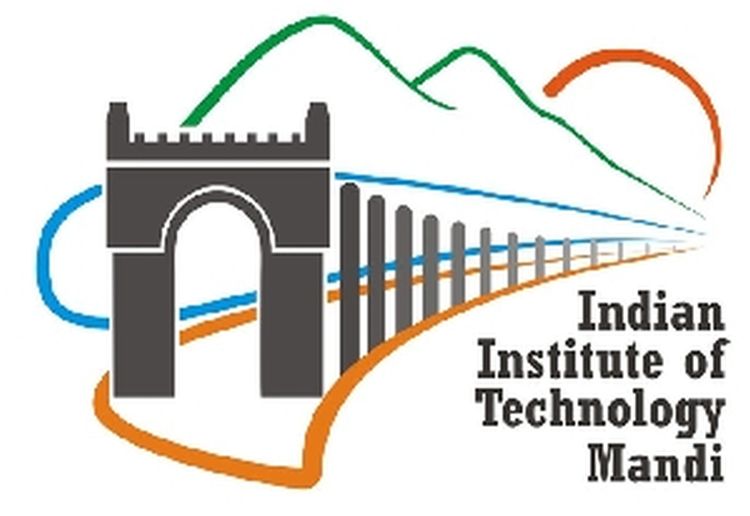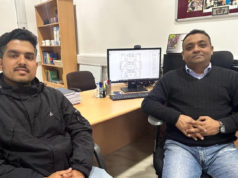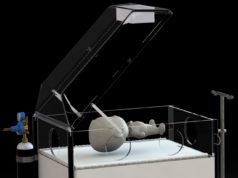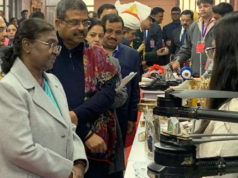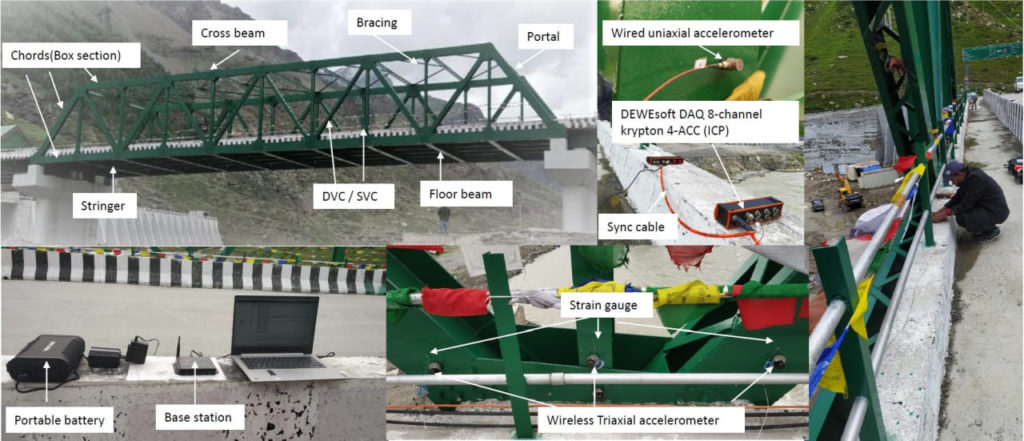
In a monumental leap forward for bridge safety and infrastructure management, the Indian Institute of Technology Mandi (IIT Mandi) has ushered in a new era of real-time structural assessment with its cutting-edge artificial intelligence (AI) algorithms. Collaborating with renowned experts at INRIA in France, the team of researchers at IIT Mandi has harnessed the power of AI to revolutionize the way we monitor and maintain bridges, ensuring their longevity and safety.
India boasts an extensive network of nearly 13,500 bridges, serving as crucial arteries of transportation and commerce. These vital structures, however, face constant challenges from natural aging processes driven by environmental factors such as temperature fluctuations, exposure to water and air, and the relentless pounding of heavy road traffic. Traditional methods of bridge condition assessment primarily relied on subjective visual inspections, a methodology known to be inadequate and fraught with limitations.
Recent advances in instrumentation, data analysis, and AI, particularly in the field of Deep Learning (DL), have opened the door to more precise, efficient, and cost-effective structural health monitoring (SHM) solutions. IIT Mandi’s research team has seized this opportunity and developed a pioneering DL-based SHM approach.
The heart of their innovation lies in AI algorithms that can identify and isolate structural damage by analyzing recorded ambient dynamic responses, all without the need for human intervention. Dr. Subhamoy Sen, Associate Professor at IIT Mandi’s School of Civil and Environmental Engineering, emphasized the significance of their work, stating, “We have employed data-driven methods like Machine Learning, AI, and Bayesian statistical inference to estimate a bridge’s health and predict its remaining usable life. This outcome has the potential to reduce risks to infrastructure under operational and adverse loading conditions.”
One of the notable challenges in bridge assessment is accounting for temperature fluctuations, particularly in the case of structures like prestressed concrete and cable-stayed bridges. To address this issue, IIT Mandi’s algorithm underwent rigorous validation on a real bridge located in a cold region, where extreme annual and daily temperature swings are prevalent. The results were nothing short of impressive, demonstrating the algorithm’s effectiveness in accurately identifying structural damage.
To further test the algorithm’s capabilities, researchers initially applied it to an undamaged real bridge and then intentionally induced damage in a computer model to evaluate its accuracy in pinpointing the damage’s location. These tests unequivocally confirmed the algorithm’s precision in detecting structural damage.
In a complementary study, advanced filtering techniques were employed to estimate the condition of different structural components without requiring direct measurement of their connections. This groundbreaking approach allows for the separate assessment of each component’s health, contributing to the evaluation of overall structural integrity. Importantly, this method exhibited robust performance, even in the presence of challenges like background noise and varying levels of damage severity.
The impact of these AI-based algorithms extends far beyond bridges. Their potential applications encompass various critical infrastructure elements, including ropeways, buildings, aerospace structures, transmission towers, and more. These innovations represent a significant step forward in ensuring the safety and longevity of vital infrastructure, not only in India but across the globe.



